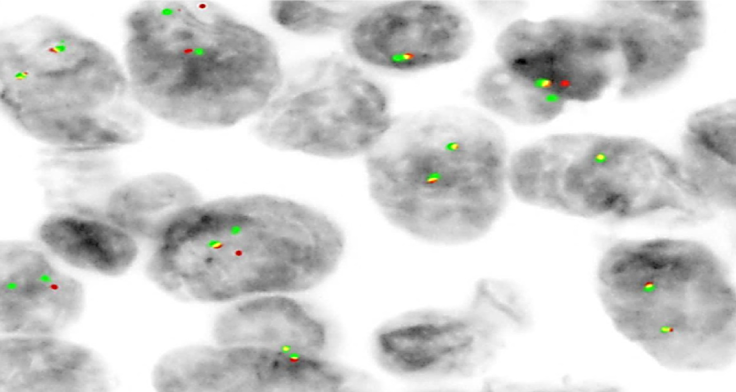Copyright
©The Author(s) 2019.
World J Clin Oncol. May 24, 2019; 10(5): 213-221
Published online May 24, 2019. doi: 10.5306/wjco.v10.i5.213
Published online May 24, 2019. doi: 10.5306/wjco.v10.i5.213
Figure 1 Histopathology of the submandibular gland mass in Case 1.
A: Section of the mass showed nests of poorly differentiated tumor cells infiltrating into the benign acinic cells (HE,× 50); B: Neoplastic cells displayed pleomorphic, bizarre nuclei with prominent nucleoli and mitotic figures (HE,× 400). HE: Hematoxylin and eosin.
Figure 2 Immunohistochemistry of the submandibular mass in Case 1.
A-C: The tumor cells demonstrated positive staining for (A) Human Melanoma Black-45 (× 400) and (B) S-100 (× 400) and negative staining in neoplastic cells for (C) keratin (× 400); D: The melanin pigment in the tumor cells showed positive reaction to Masson Fontana stain (× 400).
Figure 3 Radiology and pathology of the thoracic paraspinal mass in Case 2.
A: Magnetic resonance imaging of the tumor showed an enhancing thoracic spine mass involving the paraspinal soft tissues; B: Sections of the mass showed fascicles and nests of spindle cells (HE, × 50); C, D: Neoplastic cells displayed melanin pigments (HE, × 400) and positivity for Human Melanoma Black-45 by immunohistochemistry (× 400). HE: Hematoxylin and eosin.
Figure 4 Fluorescence in situ hybridization analysis of the spinal tumor in Case 2.
Fluorescence in situ hybridization using a dual-color, break-apart probe for EWSR1 demonstrated one normal fusion (yellow) along with an extra red signal and extra green signal, indicating translocation.
- Citation: Obiorah IE, Ozdemirli M. Clear cell sarcoma in unusual sites mimicking metastatic melanoma. World J Clin Oncol 2019; 10(5): 213-221
- URL: https://www.wjgnet.com/2218-4333/full/v10/i5/213.htm
- DOI: https://dx.doi.org/10.5306/wjco.v10.i5.213












